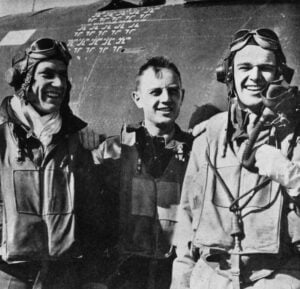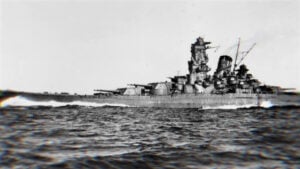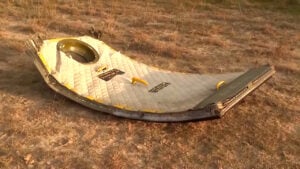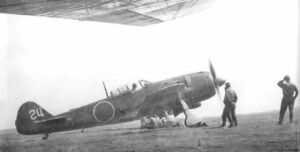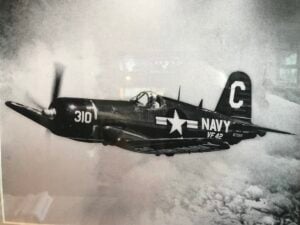How One “Illegal” WWII Plane Launched a Solo Mission of Revenge
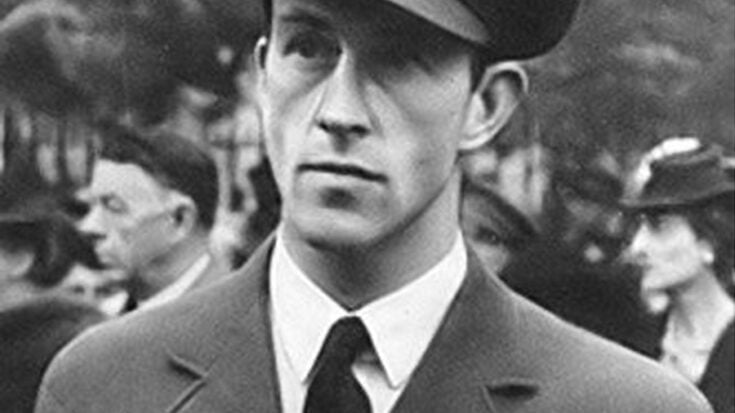
See page for author, Public domain, via Wikimedia Commons
A Bold Decision
January 20, 1943, dawned cold and clear over England. Baron Jean de Selys Longchamps, a Belgian pilot serving in the Royal Air Force, had been denied permission for a mission he felt compelled to undertake. Time and again, his requests to strike the Gestapo headquarters in Brussels were refused. The command deemed it too risky and potentially retaliatory. Yet that morning, Longchamps decided to act on his own. He strapped into his Hawker Typhoon, turned off his radio, and sent his wingman back to base. Alone, he flew toward the city of his birth, hugging rooftops as the engine’s roar echoed through familiar streets.

Brussels had been under harsh German occupation for over two and a half years. The Gestapo and security forces had made the Résidence Belvédère at 453 Avenue Louise their base, turning it into a symbol of fear. Civilians vanished without warning, and those accused of resistance or even small defiance were often executed. Every citizen knew the danger that lurked behind that building’s doors. For Longchamps, the attack was not only personal but symbolic, aimed at demonstrating that the occupiers were not untouchable.
From Aristocrat to Fighter Pilot
Jean de Selys Longchamps came from a noble Belgian family. Before the war, he led a privileged but restless life. His rebellious nature led him to military service, joining the Belgian cavalry as a sub-lieutenant. When Germany invaded Belgium in May 1940, he fought in rearguard actions, attempting to slow the enemy advance. After the Belgian surrender, he evaded capture by slipping through occupied territory, eventually reaching Dunkirk and escaping to England among hundreds of thousands of Allied soldiers.
Once in Britain, Longchamps sought to continue fighting. He volunteered for the RAF, but at 28, he was initially considered too old for pilot training. Undeterred, he falsified his age, was accepted, and trained on the Hawker Typhoon. This powerful, fast aircraft could carry bombs, rockets, and four 20-millimeter cannons. Despite early flaws, it became a deadly weapon in Longchamps’ hands, particularly for low-level strikes against trains, convoys, and military targets across occupied Europe.
The Unauthorized Raid
In late 1942, Longchamps learned disturbing reports about the situation in Brussels, including the supposed arrest of his father—though later found to be untrue. Nevertheless, he felt compelled to act. He planned a low-level strafing run on the Gestapo headquarters, carefully calculating a route that would minimize civilian casualties. His opportunity arrived on a routine mission over Ghent. After completing his assigned objective, he peeled away from his formation and headed for Brussels. He switched off his radio, instructing his wingman to return to England, leaving him alone to execute the daring strike.
Flying just above treetops, Longchamps approached Avenue Louise. In a single, precise pass, he raked the Gestapo building with cannon fire, targeting offices and personnel while avoiding neighboring structures. Walls and windows shattered, and occupants scrambled for cover. Reports suggest several officers were killed and many more wounded. Within minutes, he had delivered his message and turned for home. As he flew away, he scattered small Belgian flags over the city, a gesture of patriotism and encouragement for his countrymen.

Recognition and Legacy
When Longchamps returned to RAF Manston, reactions were mixed. His squadron mates celebrated his daring feat, while his superiors imposed a demotion and transferred him to another unit. Despite the disciplinary action, his raid became widely known among the Belgian population and resistance networks. It served as a morale booster, proving that even the feared Gestapo could be challenged. The RAF later acknowledged his courage, and he received the Distinguished Flying Cross on his 31st birthday in May 1943.
Longchamps continued flying missions, facing constant danger from flak and structural vulnerabilities in the Typhoon. On August 16, 1943, during a mission over Belgium, his aircraft suffered critical damage and crashed near RAF Manston. He was killed instantly, not yet 32 years old. Posthumously, Belgium recognized his valor with the Order of Leopold and the Croix de Guerre. Today, 453 Avenue Louise bears a memorial to Jean de Selys Longchamps, honoring the daring pilot who risked everything for his homeland.













